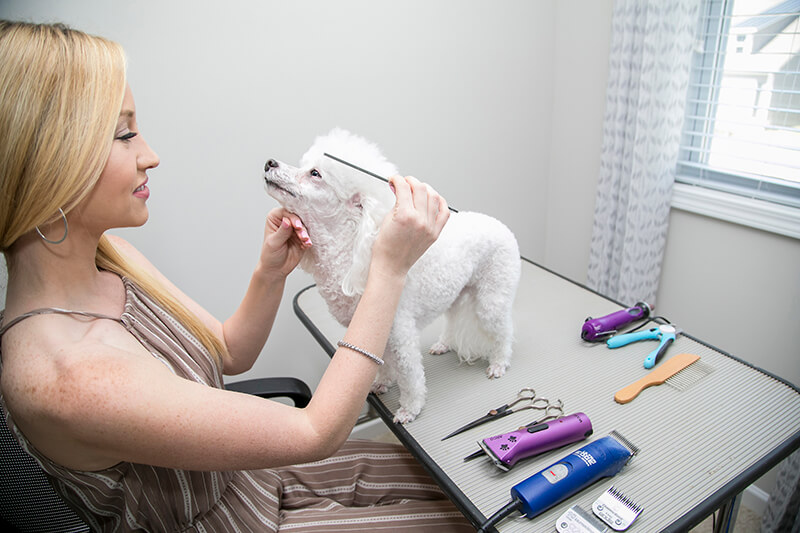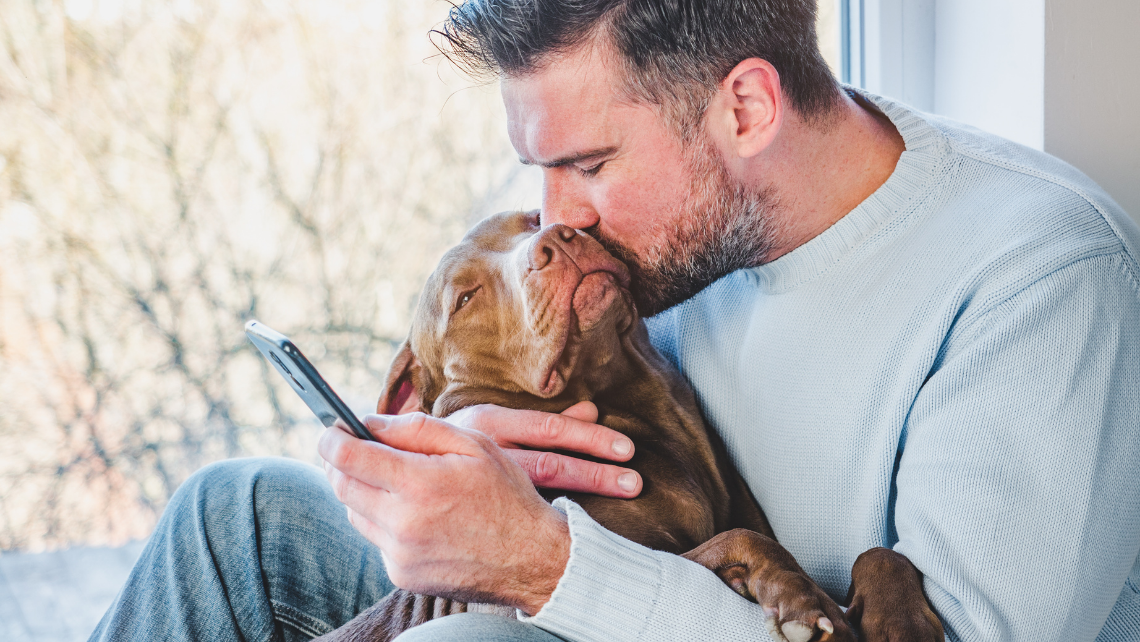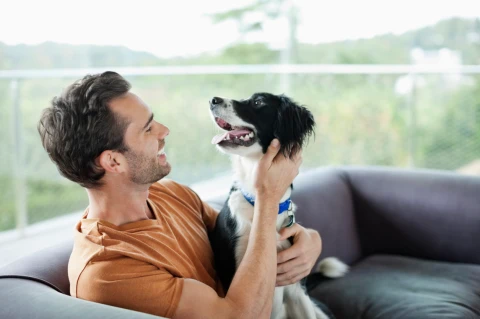Dog grooming is a challenging chore. There are a variety of factors to think about when grooming your dog, including the breed’s temperament, the dog’s coat, and the desired cut. Three years ago, I took in a Maltese, a little breed, and have since groomed him myself and taken him to a professional. He’s had a dramatic change in his hairstyle, going from long like a show dog to short like a puppy.
In order to have a successful dog grooming experience, it is important to be well prepared before you start. Think about how long you have to do it, too. If you are just starting off, this will take you a few hours. Here are some of the things I’ve learned to do in advance and while getting groomed that have helped me the most.
Preparing for Dog Grooming with the Right Equipment
The most crucial equipment you’ll need are high-quality clippers. Be wary of the cheapest options; in this case, you really do get what you pay for. Also, ensure sure the blades can be adjusted to varying lengths. With no undercoat to protect, plastic shields like those seen on human hair clippers are useless on dogs.
A pin brush is ideal for detangling the hair of long-coated dogs and removing mats. It will be easier on you and more comfortable for your dog if the pins have a rubber base for flexibility.
Slicker Brush is the perfect tool to use at the end of a dog grooming session to give your pet a polished look.
Must-have item for grooming your dog’s face is a comb. It’s safer than using a wire pin brush around the dog’s eyes, nose, and mouth.
You may dry your long-haired dog quickly and easily with a hair dryer, but be careful to use just the lowest warm setting so as not to burn him. Dog hair should be dry before being clipped or brushed.
A decent finishing spray or detangler can help smooth out any stray hairs that remain after brushing, which can happen regardless of the breed of dog.
The Dog’s Pre-Styling Preparations.
It’s best to give your dog a thorough brushing before a bath. If you use high-quality shampoos and conditioners, your pet’s fur and skin will feel and look beautiful after a bath.
Look at the shampoo you’re using. A lot of canines are allergic to the chemicals found in dog shampoos. To avoid irritation, try using a hypoallergenic, herbal, or oatmeal-based shampoo.
Make sure to condition your hair. In my experience, this is quite useful when brushing your dog while it dries. Aside from being easier to brush, the hair also dries more quickly.
Aiding Character
As you can imagine, it’s not easy to clean the dog’s privates, which include the underbelly, insides of the legs and arms, and the genitalia. An assistance can hold the dog in the air while you execute the work, making it much simpler.
While you’re brushing the dog, your helper can talk to it to keep it occupied and calm.
Patience
Last but not least, don’t rush. Keep in mind that this is a stressful circumstance for both you and your cat. Getting the desired look will require a lot of time and patience, as well as a careful approach to avoid cutting or injuring your dog.
Even with the right equipment and help from a helper, grooming out Maltese still takes me around 2 1/2 hours. Our dog gets a “puppy cut,” and as I mentioned before, if I see any stragglers a day or two later, I go back and fix them.
My Maltese Whirly, who also serves as the store’s model, has recently transitioned to a “puppy cut,” which I find to be the most manageable for both of us in terms of time spent on grooming.
Keep in mind that while dog grooming can be a challenging task, it can be made much simpler and less stressful with the right amount of time, patience, tools, and assistance from a friend or family member. I am very interested in hearing about your dog grooming experiences and any tips you may have.


